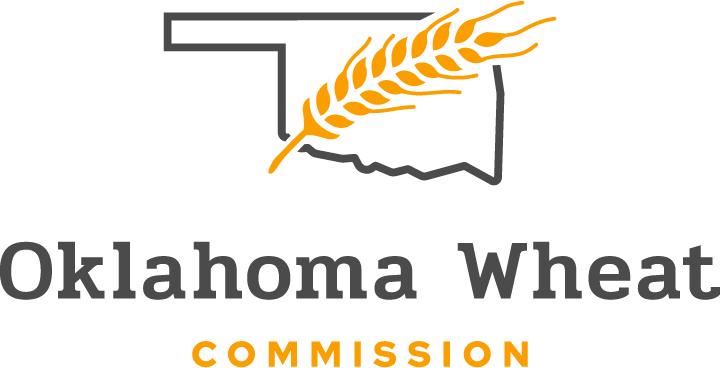
Agricultural News
Oklahoma Making Plans to Reduce Water Use for Tomorrow Into 2060
Wed, 09 Sep 2015 14:22:05 CDT
 Oklahoma has set out to improve water management and efficiency in the state. The Oklahoma Water Resources Board has established several goals for the next five to fifty years. The Oklahoma Water Resources Board is in the process of implementing the state's Comprehensive Water Plan that was established in 2012. The state is working on implementing the eight priority recommendations and other smaller sub-recommendations. Director of Water Planning Owen Mills said the state's long term water management priorities include improving monitoring of the state's water resources. He said they want to maintain longterm data in order to establish trends in water quality and water levels.
Oklahoma has set out to improve water management and efficiency in the state. The Oklahoma Water Resources Board has established several goals for the next five to fifty years. The Oklahoma Water Resources Board is in the process of implementing the state's Comprehensive Water Plan that was established in 2012. The state is working on implementing the eight priority recommendations and other smaller sub-recommendations. Director of Water Planning Owen Mills said the state's long term water management priorities include improving monitoring of the state's water resources. He said they want to maintain longterm data in order to establish trends in water quality and water levels.
The state is also looking at utilizing marginal quality water. That involves looking at ways to use water that is not fully treated to drinking water standards, such as waste water. Mills said marginal quality water could be used to wash vehicles or irrigating golf courses. The state is also looking at treating brackish or salty ground water to drinking water standards.
As federal drinking water standards become more difficult to meet and replacement of the state's aging infrastructure becomes necessary, the Oklahoma Water Resources Board also looks for more regionalization efforts. Mills said they look for more rural towns to share resources or have regional water treatment plants. The Oklahoma Department of Environmental Quality (ODEQ) has also offered principal forgiveness for projects that regionalize or consolidate two or more systems. This is offered through the state's Drinking Water State Revolving Fund (DWSRF). This is a required part of a multimillion dollar capitalization grant the ODEQ receives from Environmental Protection Agency (EPA) each year.
Efforts to look at the state's longterm water use is also underway with the Oklahoma's Water for 2060 initiative. The state legislative plan aimed for Oklahoma to use the same amount of water in 2060 that was being used in the state in 2010. With a growing Oklahoma population, water use is predicted to grow by one-third by the year 2060. Meeting this goal will require a team effort between state agencies, municipalities, rural water districts and the general public. Mills said to use less fresh water will require more water conservation.
"Our biggest gains can be actually just be from conserving water," Mills said. "Conservation is the best way, it's the cheapest way for us to get there."
This will also require using marginal quality water and replacing some of the state's aging water infrastructure. Mills said some systems are losing 20 to 40 percent of their treated water through the system. ODEQ also offers a free water audit for systems that serve less than 10,000 people. In evaluating the system, ODEQ can find where losses and inefficiencies are occurring in the system.
Radio Oklahoma Network's Leslie Smith interview Owen Mills at the Oklahoma Irrigation Conference. Click on the LISTENBAR below to hear the full interview.
To read more about the Oklahoma Comprehensive Water Plan and Oklahoma's Water for 2060 initiative at www.owrb.ok.gov
WebReadyTM Powered by WireReady® NSI
Top Agricultural News
More Headlines...




















